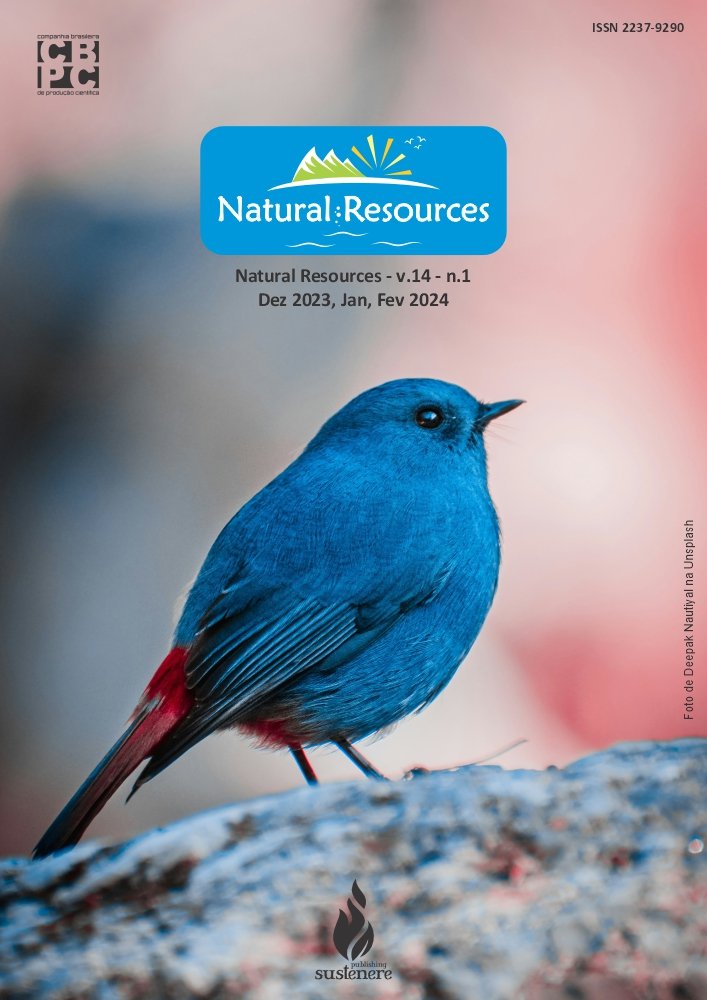Concepts of applied ecology: neotropical networks and maintenance of biodiversity
DOI:
https://doi.org/10.6008/CBPC2674-645X.2020.002.0001Keywords:
Biodiversity, Ecology, Neotropical networksAbstract
The structure of Neotropical forests, determined by animal/plant interactions, is highly organized. The system consists of several parallel networks, structurally similar, but taxonomically different, based on specific groups of plants. Mutualism plays a crucial role in maintaining the diversity of a system. The mobile connections are represented by animals required by many plants for their reproduction and dispersion. Key mutualists are the plants that support the link organisms and that indirectly maintain the food networks that depend on mobile links, for all or part of the abundance of species. Finally, as ants control the rate of herbivores on different plants, the existence of a mosaic of different dominant ants, where certain species create a subtle and important form of sites, is necessary.
Downloads
Published
Issue
Section
License
The CBPC - Companhia Brasileira de Produção Científica (Brazil CNPJ: 11.221.422/0001-03) the material rights of the published works. The rights relate to the publication of the work anywhere in the world, including rights to renewals, expansions and dissemination of the contribution, as well as other subsidiary rights. All electronically published works may subsequently be published in printed collections under the coordination of this company and / or its partners. The authors preserve the copyright, but are not allowed to publish the contribution in another medium, printed or digital, in Portuguese or in translation.








